Investors Stick a Toe or Two Back in the Water
Investors' tolerance for risk didn't die in last year's financial meltdown.
Investors' tolerance for risk didn't die in last year's financial meltdown. It was just hibernating. Today, workers are once again contributing to 401(k)s, and investors big and small are putting more of their savings into stocks The SP 500 is up about 45% from its lows in March, and it's still rising. Plus better-than-expected home sales and prices mean buyers are stepping in.
Why the awakening?
Certainly, a sense that markets have hit bottom is a major factor. No one wants to be left on the sidelines where they'll miss out gains.

Sign up for Kiplinger’s Free E-Newsletters
Profit and prosper with the best of expert advice on investing, taxes, retirement, personal finance and more - straight to your e-mail.
Profit and prosper with the best of expert advice - straight to your e-mail.
But other factors are also in play. A big one is stricter oversight. Congress, federal regulators and even the financial institutions themselves have created a new environment with rules that bolster confidence, letting consumers sleep better at night.
Another reason: the dearth of alternatives. In a competitive culture, next-to-nothing returns on risk free investments won't cut it for long. Investors of all stripes need more to keep pace with their growing wants and needs or to make up lost ground.
But there's a problem: It's harder than ever to minimize risk today. The warp speed of technological change and its effect on business models and financial markets make anticipating and avoiding perils very hard indeed. Examples abound: Publishers thought they had the Internet figured out until advertising stumbled in the economic downturn and social networking stole their online thunder. Few understood the scope and implications of derivatives trading until AIG and Lehman Brothers came undone, bringing financial markets to disaster's edge.
Buy-and-hold investing is no longer as safe. A paradigm-shifting change can pull the rug out from even the most stalwart, sure-footed corporate giant. And you can't count on spotting the next new thing to take off.
But you can be open to new ideas and recognize the risks you choose to take. The trick is to find a balance -- the right cocktail of risk and reward -- for you.
Get Kiplinger Today newsletter — free
Profit and prosper with the best of Kiplinger's advice on investing, taxes, retirement, personal finance and much more. Delivered daily. Enter your email in the box and click Sign Me Up.
-
 The AI Doctor Coming to Read Your Test Results
The AI Doctor Coming to Read Your Test ResultsThe Kiplinger Letter There’s big opportunity for AI tools that analyze CAT scans, MRIs and other medical images. But there are also big challenges that human clinicians and tech companies will have to overcome.
By John Miley Published
-
 The Best Places for LGBTQ People to Retire Abroad
The Best Places for LGBTQ People to Retire AbroadLGBTQ people can safely retire abroad, but they must know a country’s laws and level of support — going beyond the usual retirement considerations.
By Drew Limsky Published
-
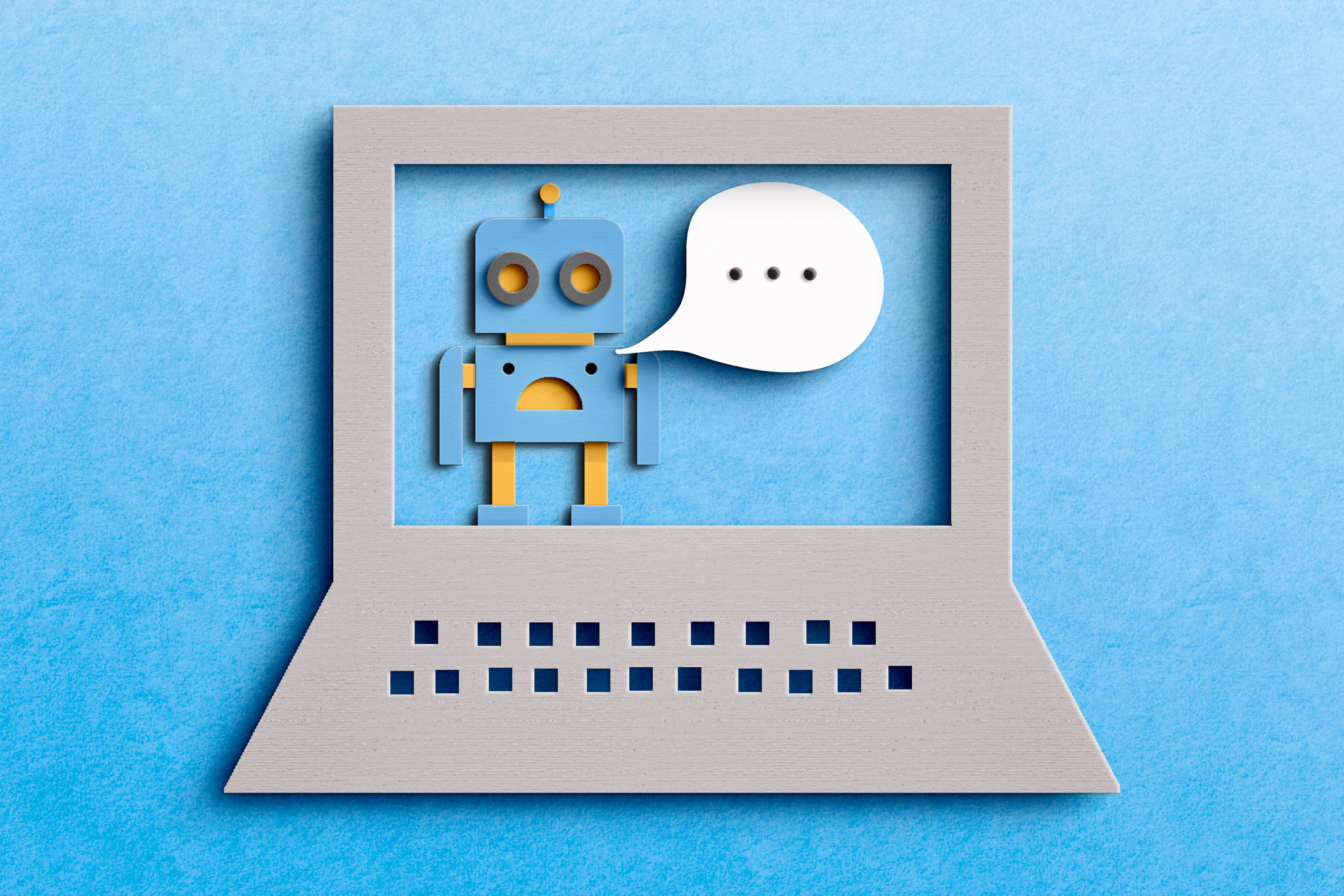 AI Regulation is Looming: Kiplinger Economic Forecasts
AI Regulation is Looming: Kiplinger Economic ForecastsEconomic Forecasts Find out what Washington and regulators have planned for artificial intelligence.
By John Miley Published
-
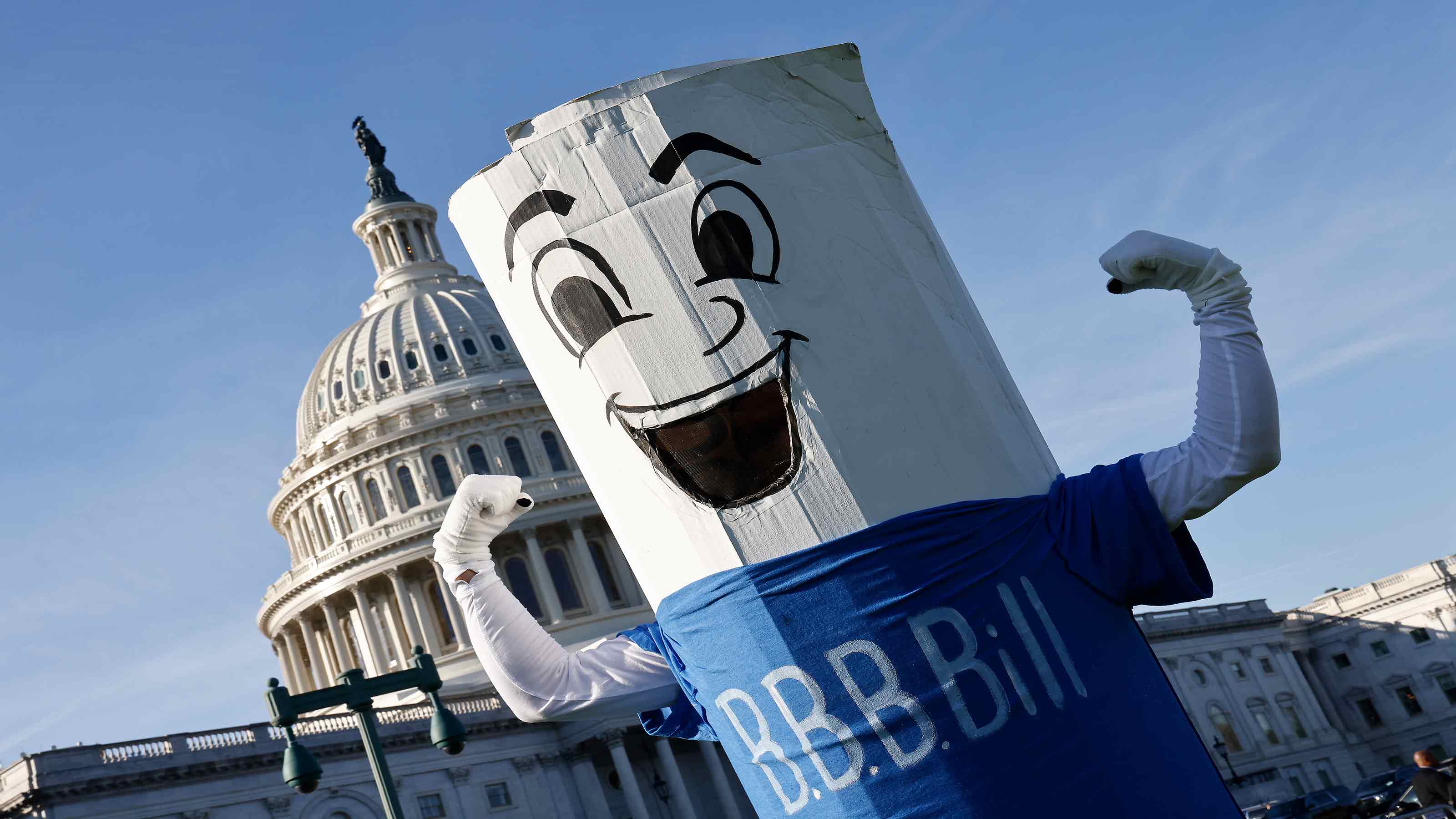 The Biden Tax Plan: How the Build Back Better Act Could Affect Your Tax Bill
The Biden Tax Plan: How the Build Back Better Act Could Affect Your Tax BillPolitics Depending on your income, the Build Back Better Act recently passed by the House could boost or cut your future tax bills.
By Rocky Mengle Published
-
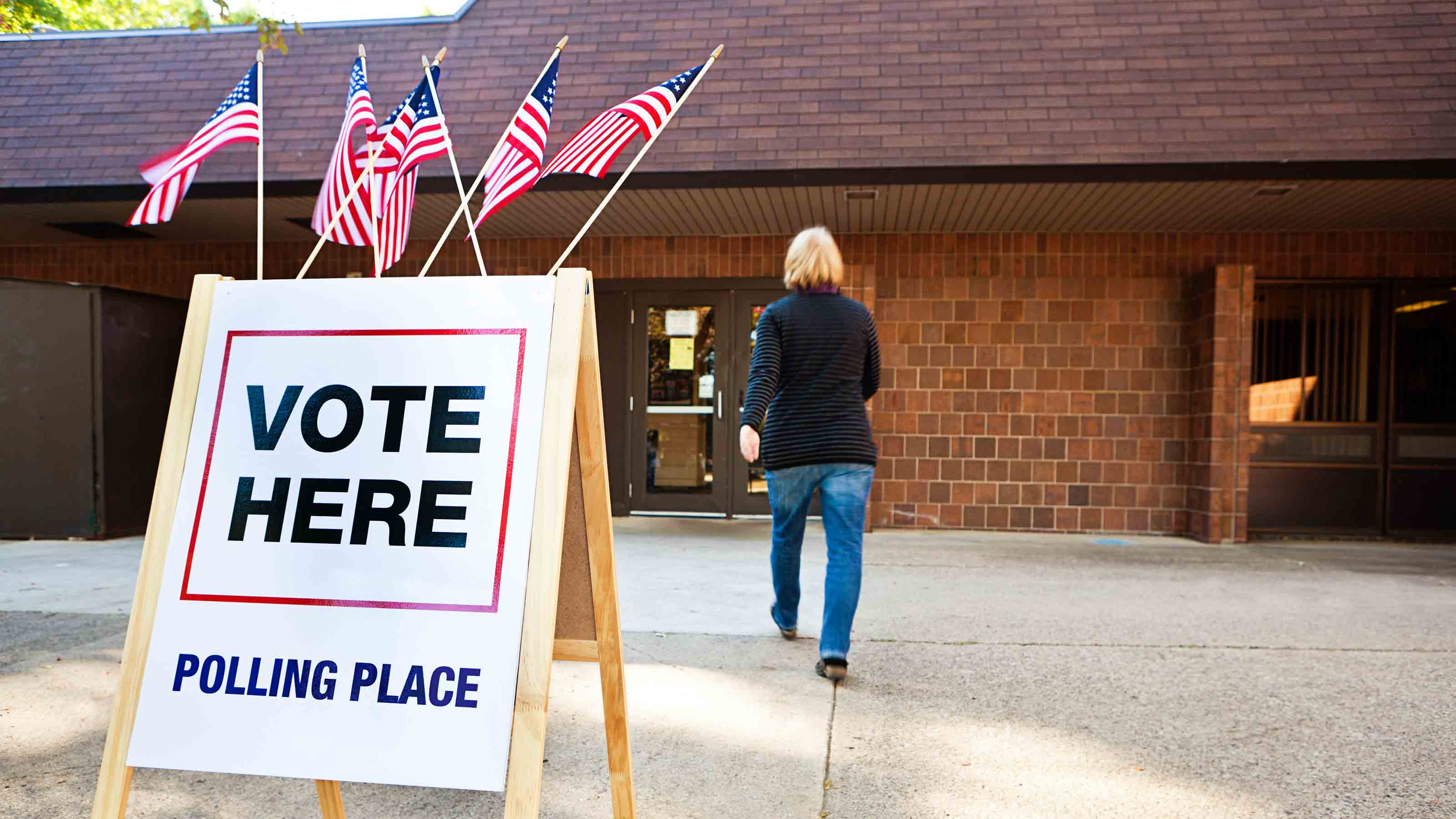 Kiplinger's 2020 Election Forecast
Kiplinger's 2020 Election ForecastPolitics For nearly a century, The Kiplinger Letter has forecasted the outcome of presidential elections to keep readers informed of what's coming and what it means for them. Here's our call for 2020.
By The Kiplinger Washington Editors Published
-
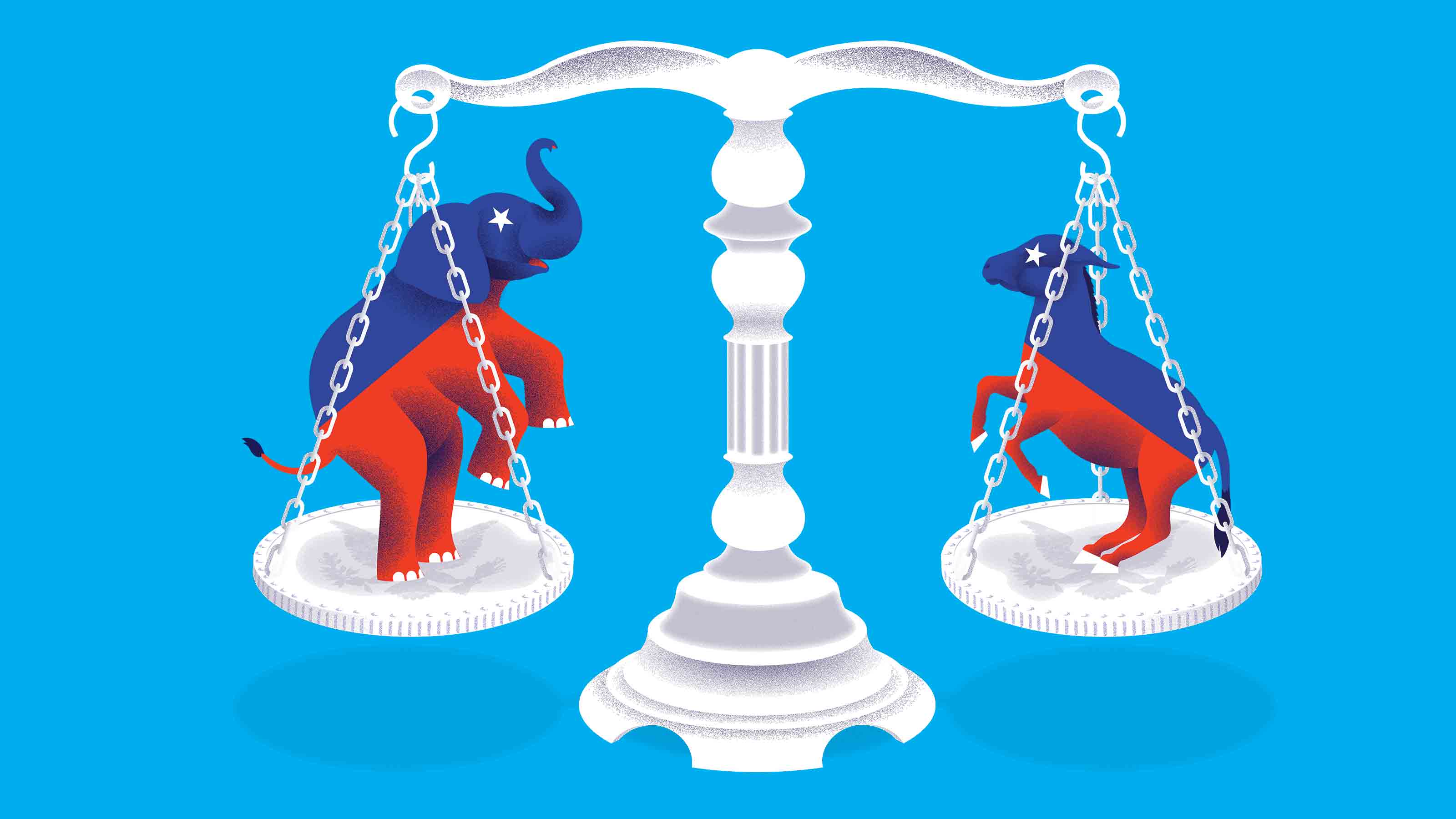 The 2020 Election and Your Money
The 2020 Election and Your MoneyPolitics We’ve assessed how the presidential candidates’ stances on financial issues will affect your wallet.
By the editors of Kiplinger's Personal Finance Published
-
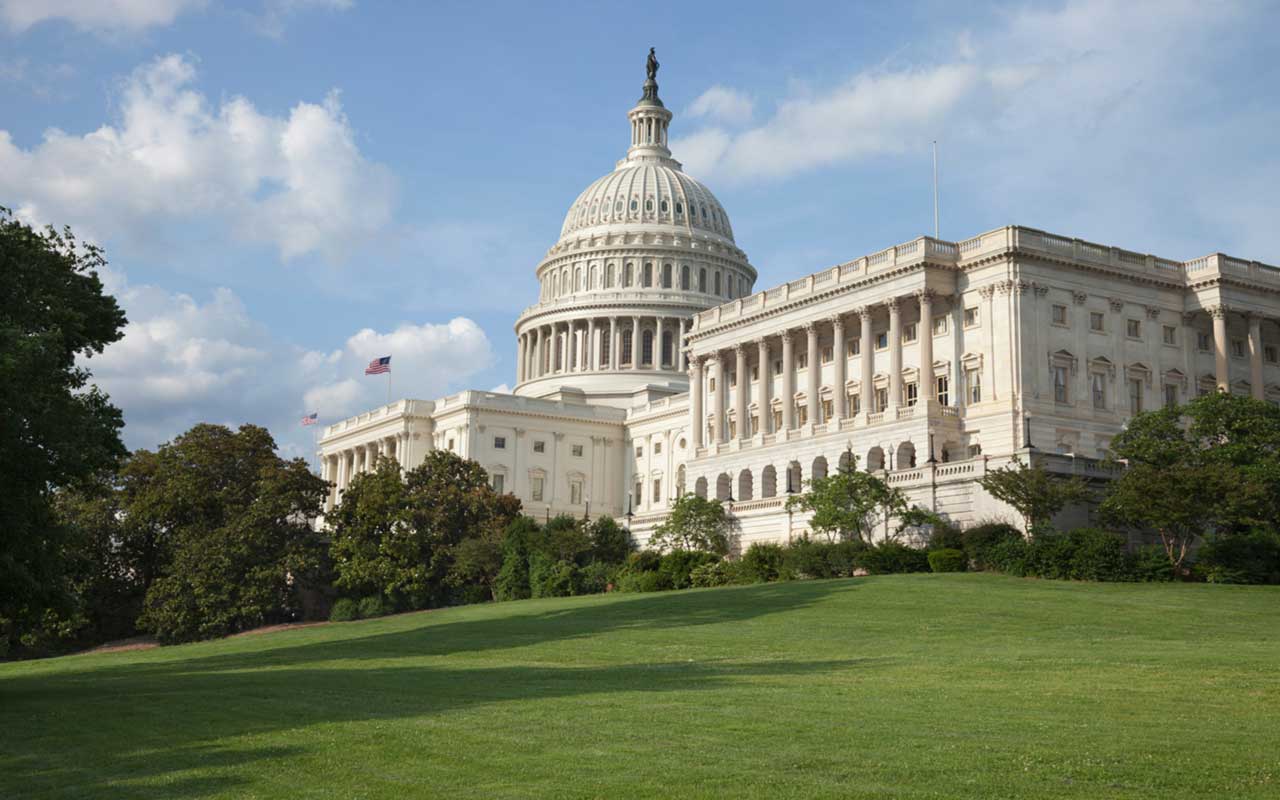 5 HEROES Act Provisions with a Good Chance of Becoming Law
5 HEROES Act Provisions with a Good Chance of Becoming LawPolitics The massive federal stimulus bill just passed by the House of Representatives is "dead on arrival" in the Senate. But a few proposals in the bill have enough bipartisan support to eventually become law.
By Rocky Mengle Published
-
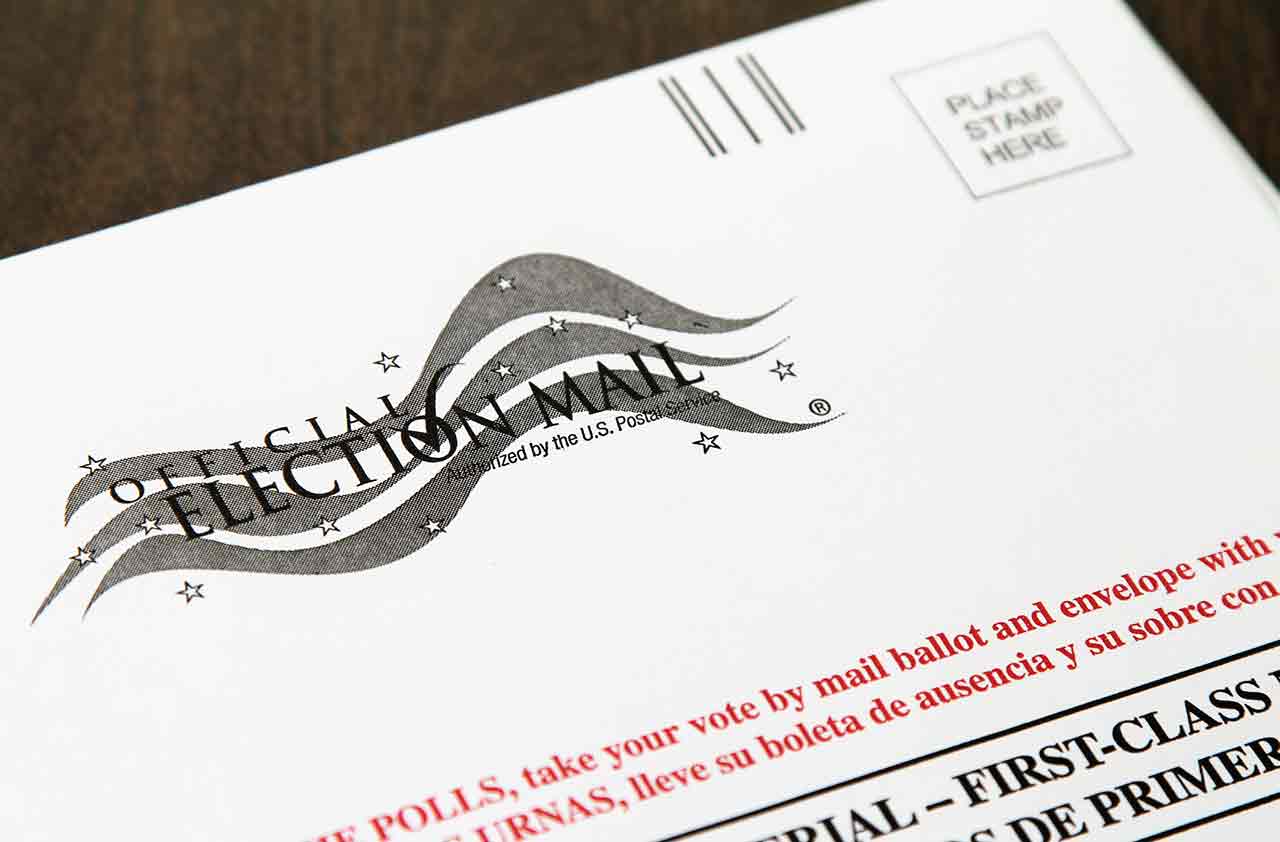 Vote by Mail: A State-by-State Guide to Absentee Ballot Voting
Vote by Mail: A State-by-State Guide to Absentee Ballot VotingPolitics With health authorities recommending people continue to social distance, the idea of voting by mail is becoming an increasingly hot topic.
By Rivan V. Stinson Published
-
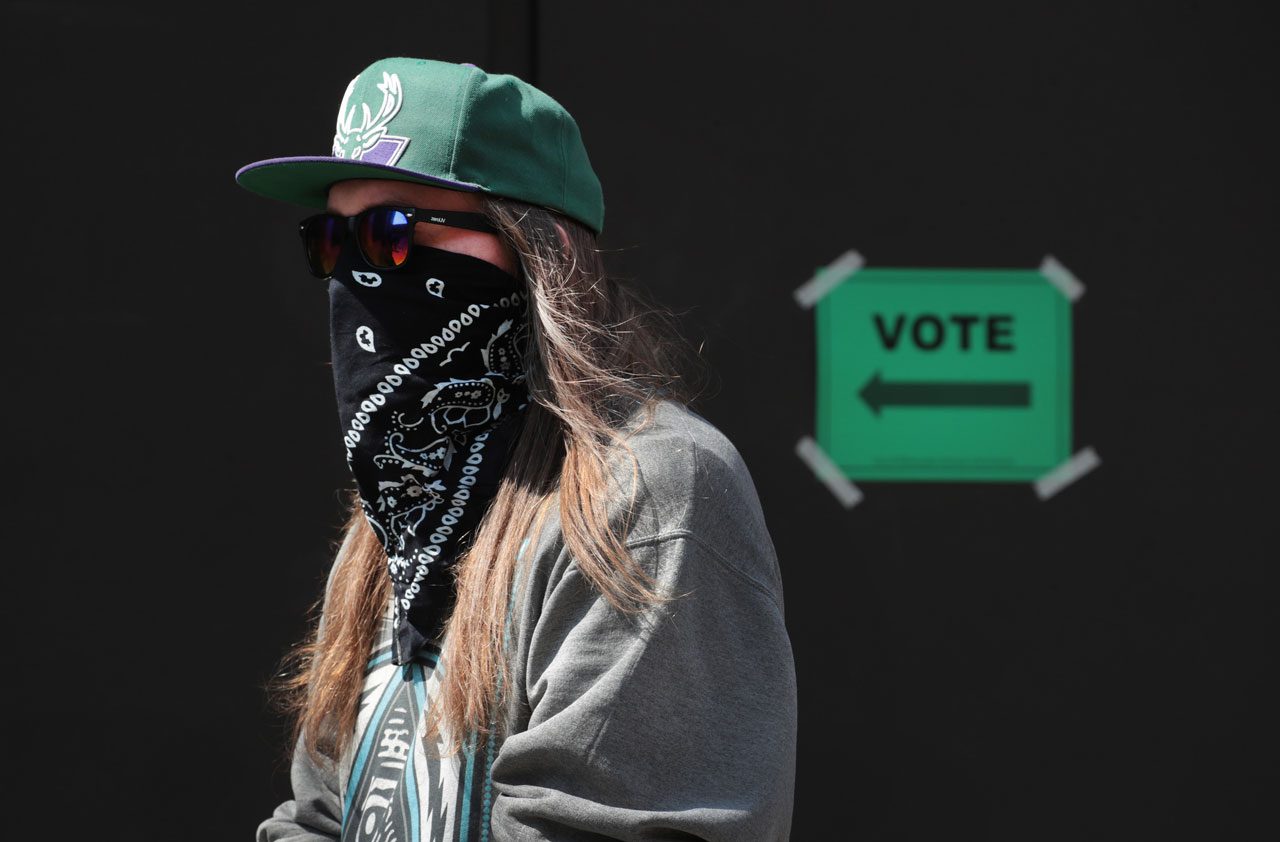 9 Ways COVID-19 Will Change the 2020 Elections
9 Ways COVID-19 Will Change the 2020 ElectionsPolitics The 2020 election will be like no other in history, as the COVID-19 pandemic will upend the business of politics as usual.
By Sean Lengell Published
-
 How to Run for Local Office
How to Run for Local OfficePolitics If you’ve ever thought that you could do a better job than the elected officials currently in office, here’s how to launch a campaign—and win.
By Kaitlin Pitsker Published